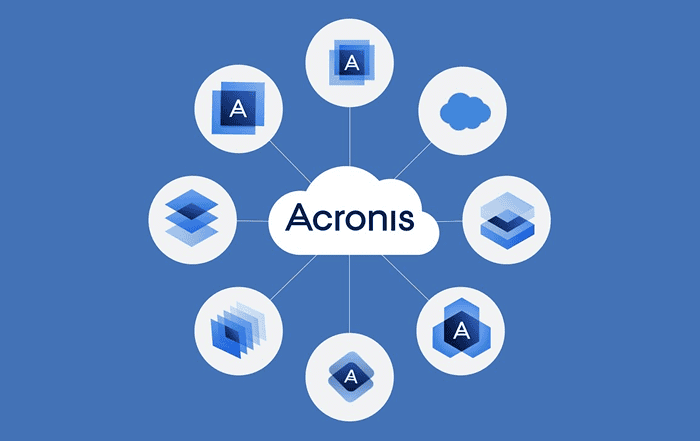
This blog will explore Google Kubernetes Engine (GKE), best practices, and effective use. Customers may increase the deployment and administration of containerized apps using Google Kubernetes Engine (GKE), a managed service. The open-source Kubernetes platform, initially developed by Google, is the foundation for GKE’s extensive feature set. Among these characteristics are:
- Cluster management
- Container orchestration
- Application lifecycle management
- Security
- Autoscaling
- Data storage
- Load balancing
- Technical support
The two levels of GKE are Standard and Enterprise. Advanced capabilities are intended to facilitate enterprise-level governance, administration, and operation of containerized workloads in the Enterprise tier.
Key features of GKE
- Role-Based Access Control (RBAC): By allocating permissions according to user roles, RBAC gives users control over resource access.
- Release Channels: Offers release channels for effective update management and operational simplification.
- Integrating with Google Cloud Services: Including Cloud Build and Cloud Deploy improves workflow automation.
- Multi-Cloud Support: GKE can manage clusters in various settings, including Anthos-enabled hybrid and multi-cloud setups.
- Robust Security: Offers integrated security features to safeguard applications, including private clusters, Identity and Access Management (IAM), a hardened node operating system, and security posture monitoring.
- Cluster management: Enables users to efficiently manage groups of virtual machines running containerized applications by enabling them to construct, expand, and manage Kubernetes clusters.
- Prebuilt apps: Provides a collection of premade apps and templates to facilitate the rapid deployment and administration of Kubernetes systems.
- Managed Service: GKE frees developers to concentrate on creating apps rather than maintaining infrastructure by automating critical Kubernetes administration activities.
- Auto-scaling: Adapts clusters and pods automatically to demand, adjusting resources to maximize performance.
- Integrated Logging and Monitoring: This feature incorporates logging and monitoring automatically into Google Cloud’s operations suite for troubleshooting and insights.
Best practices
The main goals of Google Kubernetes Engine (GKE) best practices are to optimize resource utilization and automation and network, security, deployment, and cost management inside clusters. GKE users should reduce the visibility of nodes and control planes and use Dataplane V2 for reliable networking. Google Cloud Armor and Identity-Aware Proxy (IAP) can further safeguard ingress traffic, and network policies are crucial for managing internal traffic. Managing access through groups, centralizing logs for long-term analysis, and restricting rights to the required IAM roles are all highlighted in security best practices. Additionally, namespaces are advised for resource separation, which allows for more precise workload management and shields apps from one another. When combined, these procedures improve cluster security and operational stability.
For efficient deployment and cost control, it is essential to use GKE’s advanced deployment patterns, including rolling updates or blue-green deployments, to minimize downtime. By automating deployment, CI/CD pipelines provide frequent and reliable upgrades. Setting appropriate resource needs and limitations for resource management guarantees that applications run as efficiently as possible without putting undue strain on nodes. Additionally, inter-pod affinity can colonize pertinent services and reduce cross-region transportation costs. Clusters should be upgraded often to be up to date with security patches. Users should plan upgrades to avoid interfering with operations. By enabling traffic control, monitoring, and scaling to improve cluster performance, GKE add-ons like Istio and Knative make it easier to manage workloads effectively.
Where can GKE be used?
GKE is a versatile platform for modern application development, especially for containerization companies. It enhances fault tolerance and optimizes resources in Microservices Architecture by allowing autonomous deployment, scaling, and administration of services. GKE efficiently handles large datasets for data processing, coordinating computing resources to regulate workload distribution. It also allows CI/CD workloads, automating build, test, and deployment procedures. GKE also provides flexibility for machine learning experimentation and production-level deployment by dynamically scaling resources to meet training and inference demands.
If you want to enhance your containerized application management with GKE or need guidance on implementing its best practices for your business in Kerala, Bangalore, or anywhere in India, your Google Cloud partner Codelattice is here to help. Our team of experts can assist you in optimizing resource utilization, improving security, and streamlining deployments, or any services associated with Google Cloud web hosting. Whether you’re new to Kubernetes or aiming to maximize the potential of GKE in your operations, reach out to us for personalized support and solutions. Let us help you build a robust, scalable, and cost-efficient infrastructure for your applications. Contact Codelattice today to get started!




